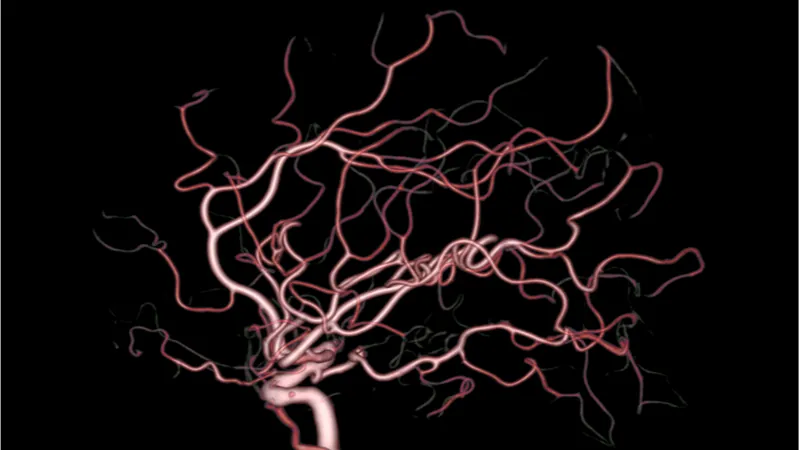Vasculature
Vasculature can be found in nearly all tissues throughout our bodies. It carries our blood, delivers nutrients to our cells, and carries away waste. It consists of the highways and roads by which our cells travel, including oxygen-carrying blood cells and immune cells. The blood also allows the body to communicate with itself. While not as fast as a signal sent by a nerve, hormones and other factors in the blood have the advantage of spreading throughout the entire system.
Disruptions to the vasculature can have major implications for our health. Bleeding, whether internal or external, reduces the blood supply available to the rest of the body and can result in death. Vascularization is also a key limitation in wound healing, as tissues cannot carry out the healing process until debris can be cleared away and crucial nutrients can be delivered to the site.
With age, our vasculature undergoes many deleterious changes. The permeability of capillaries increases, making them leakier and less efficient. The vessel walls stiffen, forcing our hearts to pump harder for the same effect and increasing our blood pressure. Clots and occlusions are also more likely to form, cutting off the blood supply to specific regions of an organ or tissue. Heart attacks and strokes, which typically occur in older individuals, remain one of the leading causes of death in the developed world.

